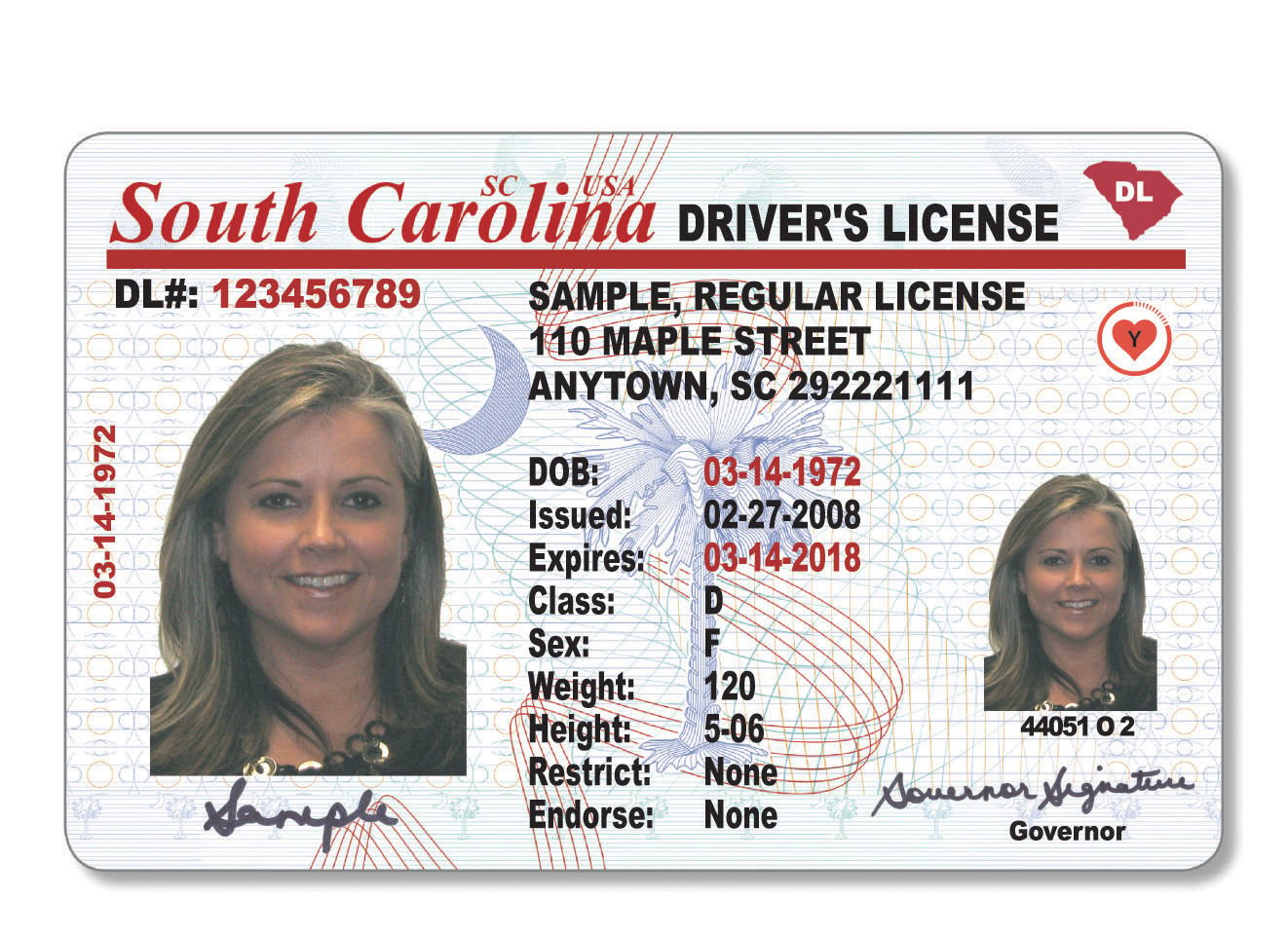

The possibility of defining, modifying, and testing wrappers in a visual fashion has relieved wrapper designers from the tedious task of having to decipher the HTML code of each target web page, and of writing sequential programs that act on it. The use of visual clues and “page geography” often leads to more precise and more robust wrappers . For example, there is a rule in the DIADEM knowledge base which, in simplified form, says the following: The closest text chunk below or above an input field on a Web page is (with high probability and in absence of better information) the explanatory label of this field. Most modern data extraction tools, including those mentioned, use visual clues and visual interaction in the wrapper generation process and rely on graphical and geometric concepts such as the distance between two rendered elements . Using such rules and a set of URLs as input, the DIADEM system autonomously extracts data from sites belonging to this domain.Īdvantages of visual-clue based data extraction.

In DIADEM the knowledge for extracting data from websites belonging to an application domain (e.g., real-estate) is provided in form of Datalog rules.
#FMINER LICENSE NUMBER GENERATOR#
OXPath is the target language of the fully automated high-precision visual-clue based wrapper generator DIADEM . The OXPath data extraction language enriches XPath with simulated user interaction, and node and form field selection based on visual features. Other advanced semi-automatic tools are, for example, import.io, Mozenda , FMiner , iMacros , Visual Web Ripper , and the BODE system . Examples are tools such as STALKER and Lixto . Since around the year 2000, sophisticated semi-automated visual and interactive tools have been developed, which allow users to define wrappers via visual point-and-click actions.

Among those are flight search engines and media intelligence companies. Other sectors have adopted Web data extraction as part of their core business. International construction firms automatically extract tenders from hundreds of websites. Electronics retailers, for example, are interested in the daily prices offered by their competitors, as are hotels and supermarket chains. In fact, Web data extraction is nowadays heavily and proficuously used by various branches of industry. They use wrapper generators that produce wrappers which continuously or periodically extract information from relevant websites and store this information in a highly structured format in a local database. Given that many companies and institutions need to access outside data for better decision making, they have to rely on automated Web data extraction programs, also known as wrappers.
#FMINER LICENSE NUMBER MANUAL#
This statement is, of course, wrong: Web data relevant to most applications is distributed over heterogeneously structured websites, usually does not come with a schema, and cannot be directly queried, except by manual keyword search. “The Web is the largest database” is a sentence one sometimes hears. We discuss research challenges for extending our approach to a general method applicable to a yet larger number of cases. This system works in the vast majority of test cases and produces very fast and extremely resource-efficient wrappers. We present the first algorithm and system performing such an automated translation on suitably restricted types of web sites. In this paper, we demonstrate the principal feasibility of automatically translating browser-based wrappers into “browserless” wrappers. However, creating and maintaining browserless wrappers of high precision requires specialists, and is prohibitively labor-intensive at scale. In contrast, it is magnitudes more resource-efficient to use a “browserless” wrapper which directly accesses a web server through HTTP requests, and takes the desired data directly from the raw replies. Such scrapers (or wrappers) are therefore expensive to execute, in terms of time and network traffic. Most modern web scrapers use an embedded browser to render web pages and to simulate user actions.


 0 kommentar(er)
0 kommentar(er)
